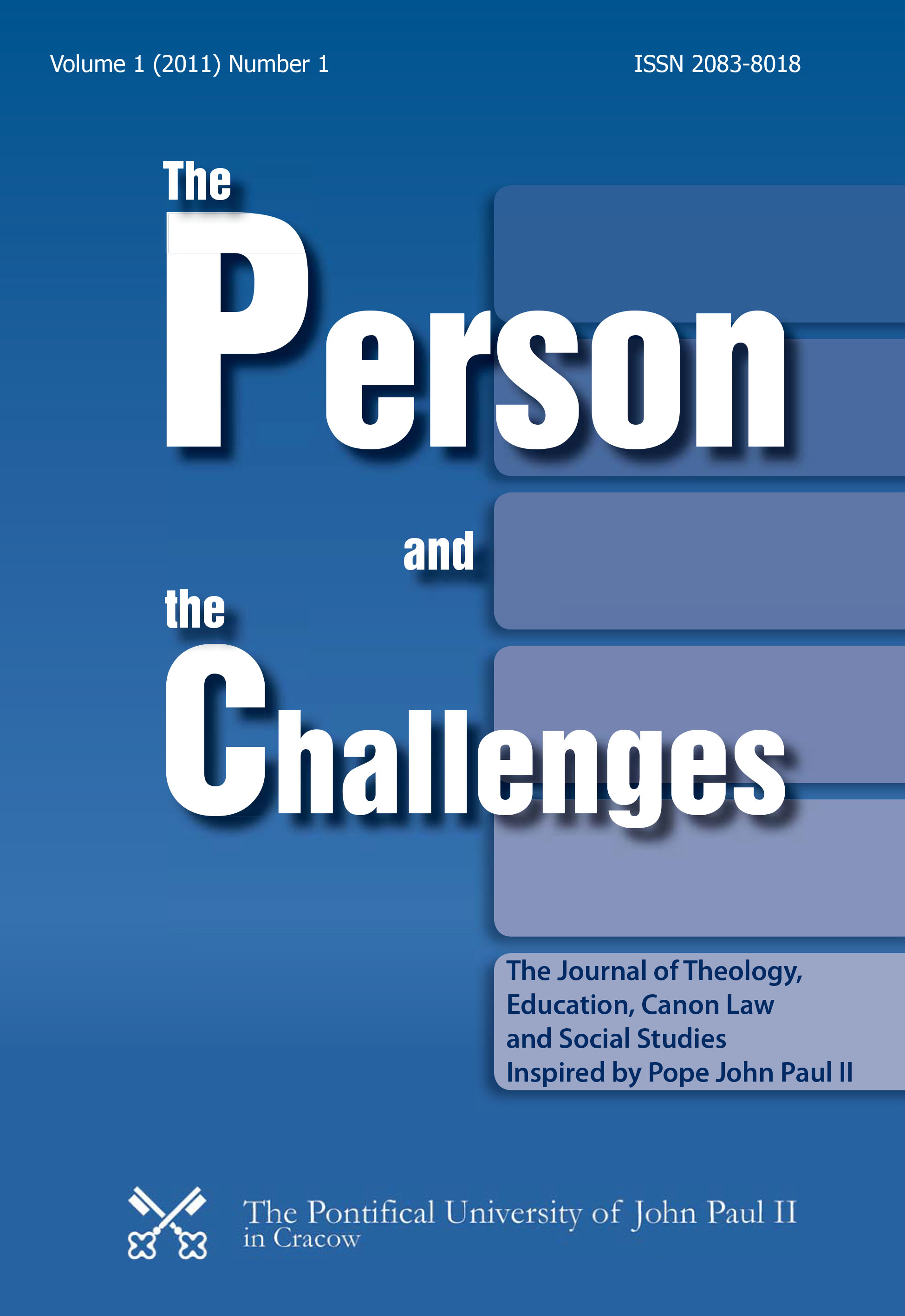Catechesis Inside Out A Hermeneutical Model for Catechesis in Parishes
DOI:
https://doi.org/10.15633/pch.837Keywords:
catechesis, culture, hermeneutics, parish, intergenerational learningAbstract
Parochial catechesis in Belgium, especially in Flanders as the Dutch-speaking part of Belgium, is confronted with a lot of challenges. This text deals with three main thematic clusters. The fi rst cluster centres on the relation between ‘Christianity’ and ‘culture’ and its consequences for the content and the method of the catechesis. In a context where Christianity and culture are no longer intrinsically linked to each other, new models of catechesis have to be found. The authors propose a ‘hermeneutical model of catechesis’, whereby many elements of the surrounding culture and of the faith tradition(s) are confronted with each other in a multidimensional way, challenging each other. In this vision, religious truth is not a set of dogmas that should be transmitted, but an open and ‘utopian’ search process that asks for new questions time and again. From a didactical as well as from a theological perspective this hermeneutical model offers new opportunities for catechesis. The second cluster can be summarized as ‘life-long’ and ‘life-wide’ learning. The authors argue that is it necessary to create vertical (intergenerational) and horizontal (among a generation or a speci fi c group) networks dealing with religious communication. Thereby they propose a speci fi c church organisation with lots of possibilities for cooperation between different parochial groups. The title of the article, catechesis inside out, refers to the vision that religious communication is not only a task inside church communities. The authors argue for open church communities daring to speak with people that hold to different world views. The second thematic cluster also deals with the organisation of the catechesis and more speci fi cally with the question of the target group or the age of those who are catechised. In a third movement the article deals with questions about finding ‘good’ catechists. At the end of the text the authors offer a summarizing re fl ection on the art work ‘Daughters of Eve’, which contains the main arguments they have dealt with.
References
Dillen A., Religious Participation of Children as Active Subjects: toward a hermeneutical-communicative model of religious education in families with young children, “International Journal of Childrens Spirituality” 12 (2007) Nr 1, p. 37-49.
Dillen A., Hermeneutics in Real Life. Practical Theology in Flanders (Belgium),
“International Journal of Practical Theology” 12 (2008) Nr 2, p. 357-387.
Dillen A., Pollefeyt D., La place du constructivisme dans la catéchèse contemporaine, “Lumen vitae: revue internationale de catéchèse et de pastorale” 60 (2005) Nr 3, p. 261-278.
Pollefeyt, D., Belgium: the Hermeneutical-Communicative Model, in: H. Ziebertz (ed.), How Teachers in Europe Teach Religion, Berlin 2009, Lit Verlag, p. 31-44.
Pollefeyt D., Difference Matters. A Hermeneutic-Communicative Concept of Didactics of Religion, “Journal of Religious Education” 56 (2008) Nr 1, p. 9-17.
Pollefeyt D., Newcomers at the Source. When Youngsters Listen to the Church on the Future of Youth Ministry, “Bulletin European Society for Catholic Theology” 16 (2005) Nr 2, p. 48-59.
Pollefeyt D., Bieringer R.,The Role of the Bible in Religious Education Reconsidered: Risks and Challenges in Teaching the Bible, in: Bieringer R., Elsbernd M. (eds.), Normativity of the Future: Reading Biblical and Other Authoritative Texts in an Eschatological Perspective, Leuven-Paris-Dudley 2009, Leuven University Press - Peeters, p. 377-402.
Pollefeyt D., Lombaerts, H., Hermeneutics and Religious Education, Leuven 2004, Leuven University Press - Peeters.
Downloads
Published
Issue
Section
License
Copyright (c) 2015 Annemie; Didier Dillen; Pollefeyt

This work is licensed under a Creative Commons Attribution 4.0 International License.
Authors who publish with this journal agree to the following terms:
- Authors retain the copyright and full publishing rights without restrictions, and grant the journal right of first publication with the work simultaneously licensed under a Creative Commons Attribution 4.0 International License that allows others to share the work with an acknowledgement of the work's authorship and initial publication in this journal.
- Authors are able to enter into separate, additional contractual arrangements for the non-exclusive distribution of the journal's published version of the work (e.g., post it to an institutional repository or publish it in a book), with an acknowledgement of its initial publication in this journal.
- Authors are permitted and encouraged to post their work online (e.g., in institutional repositories or on their website) prior to and during the submission process, as it can lead to productive exchanges, as well as earlier and greater citation of published work (See The Effect of Open Access).

